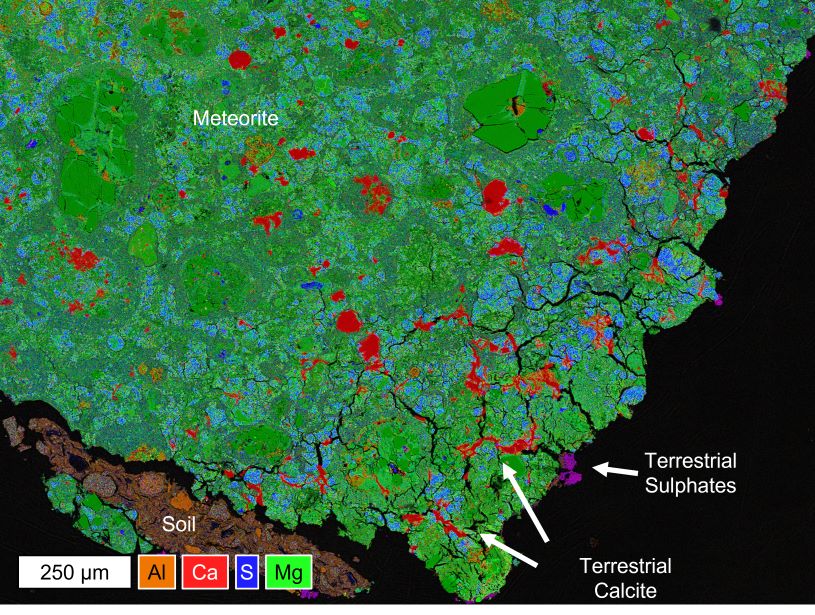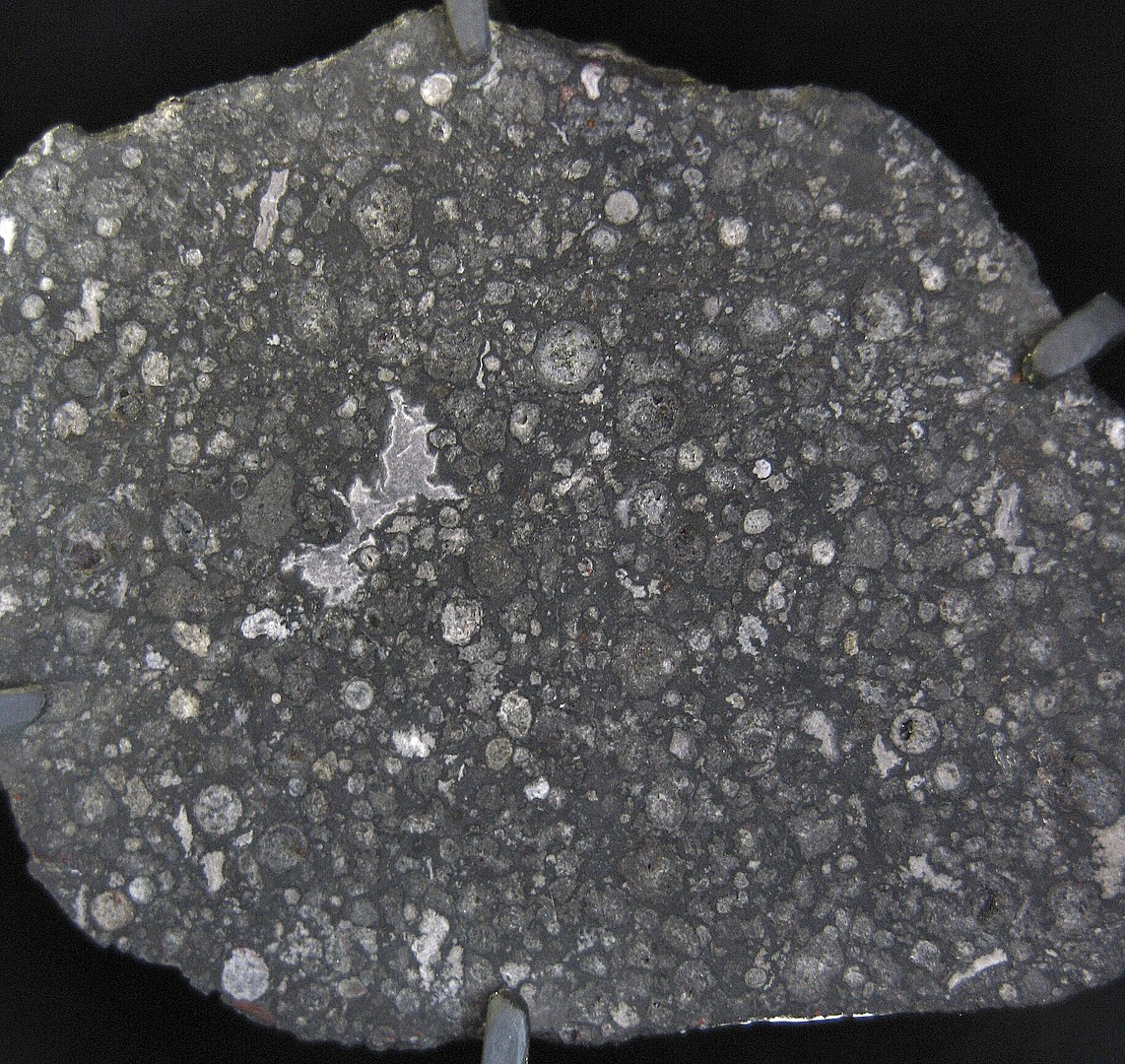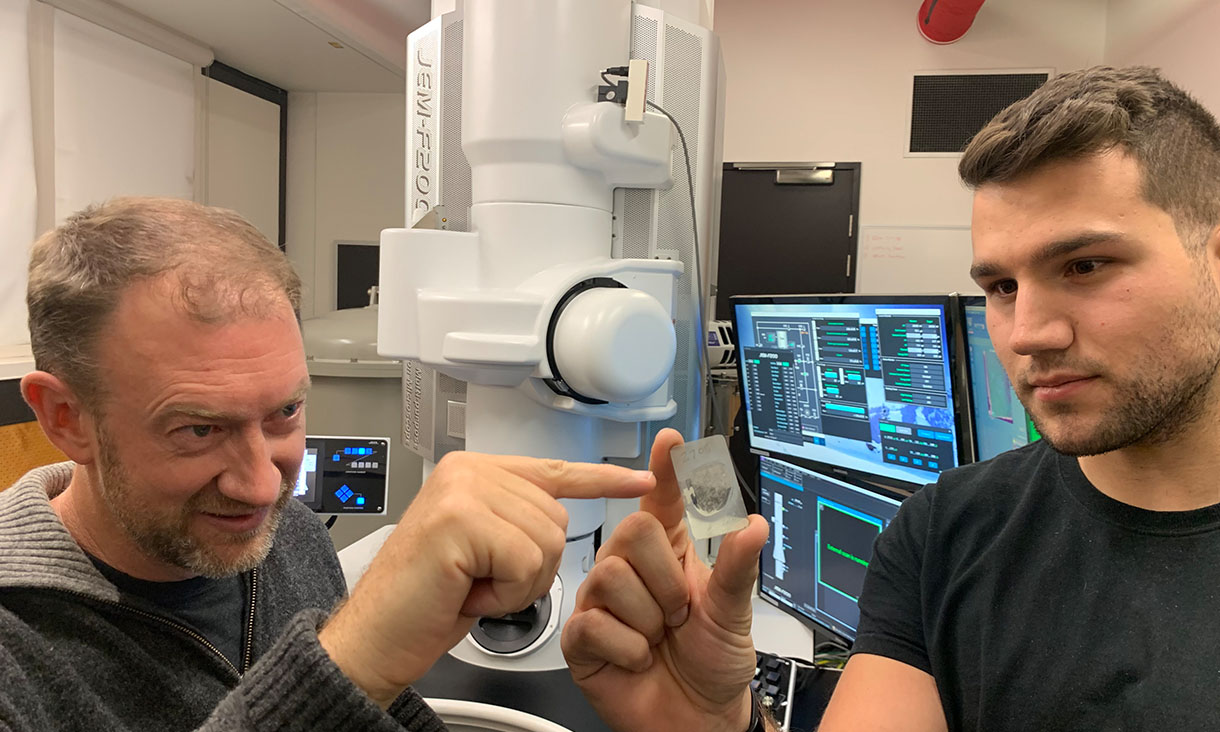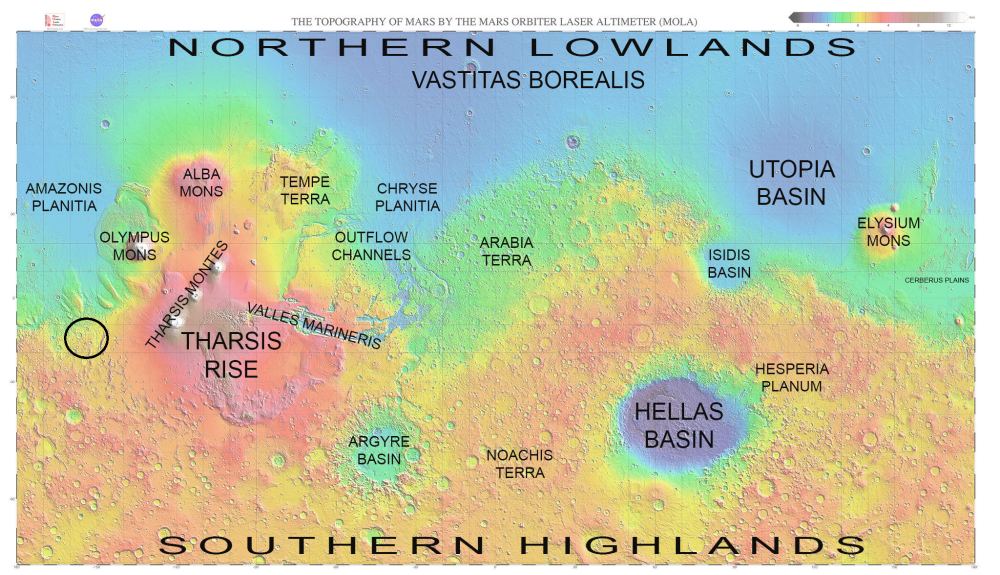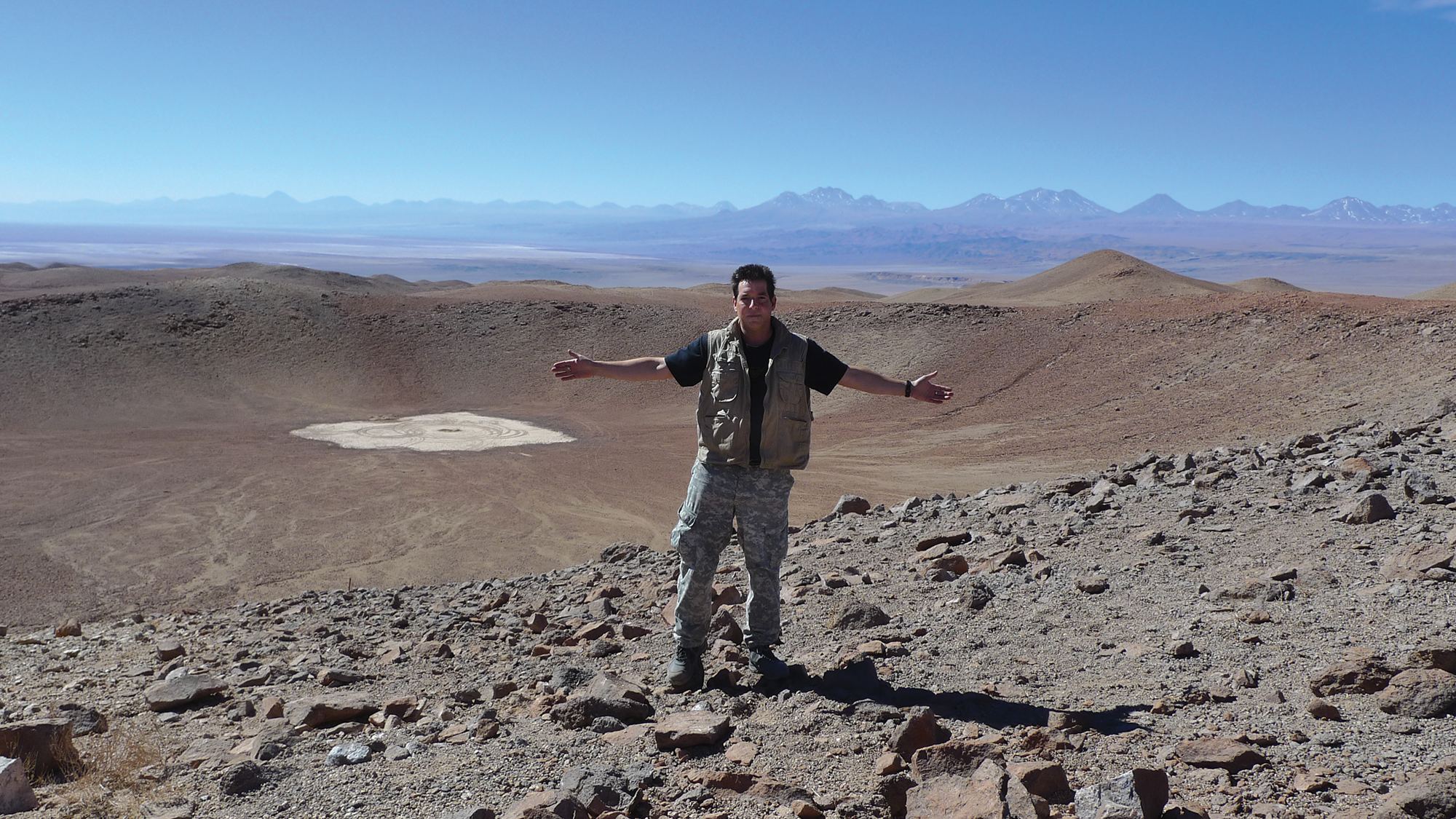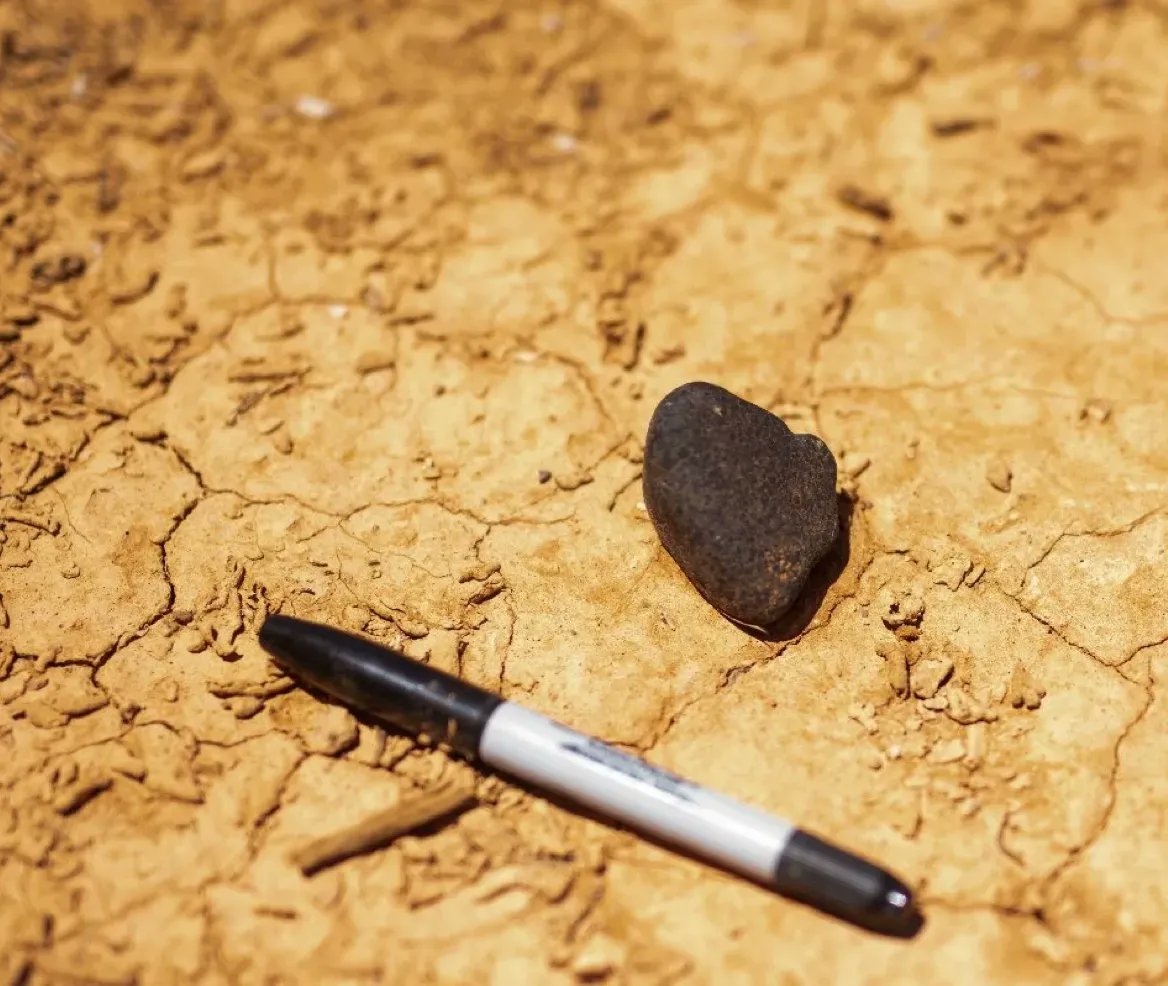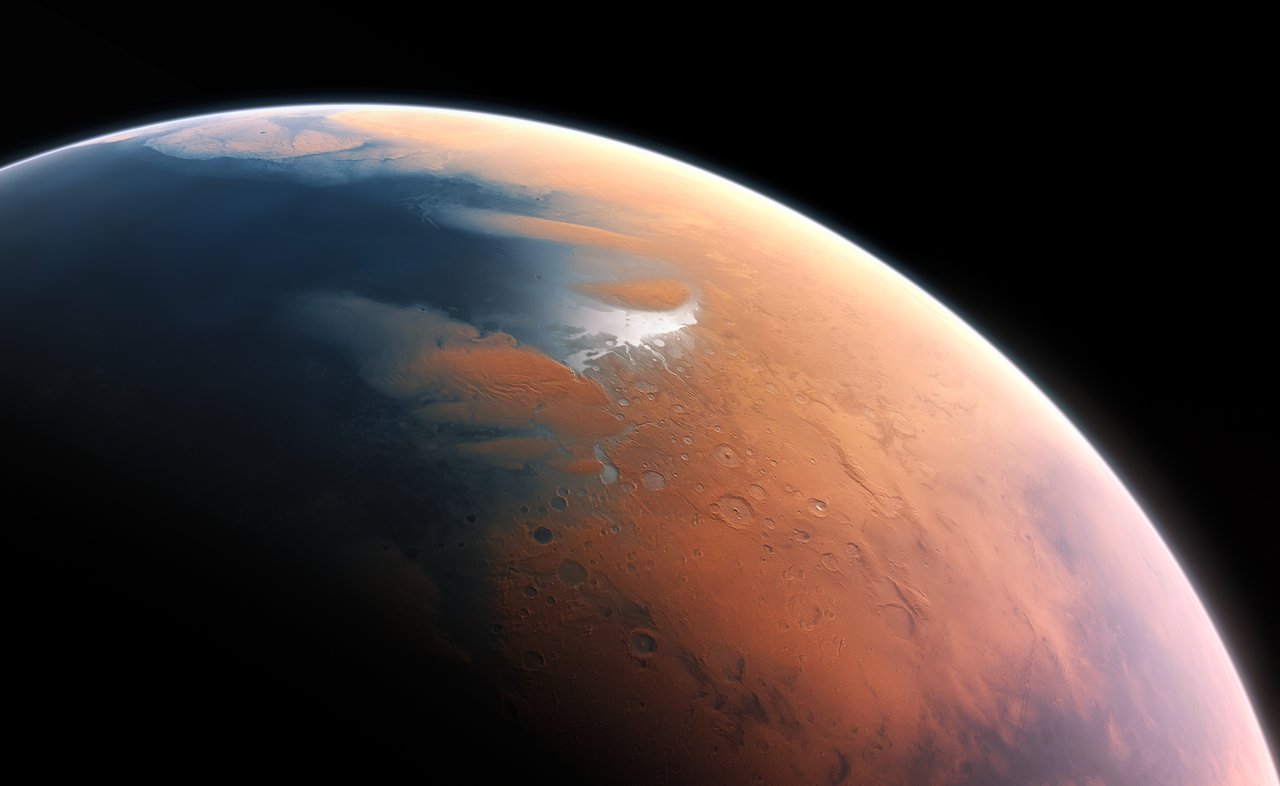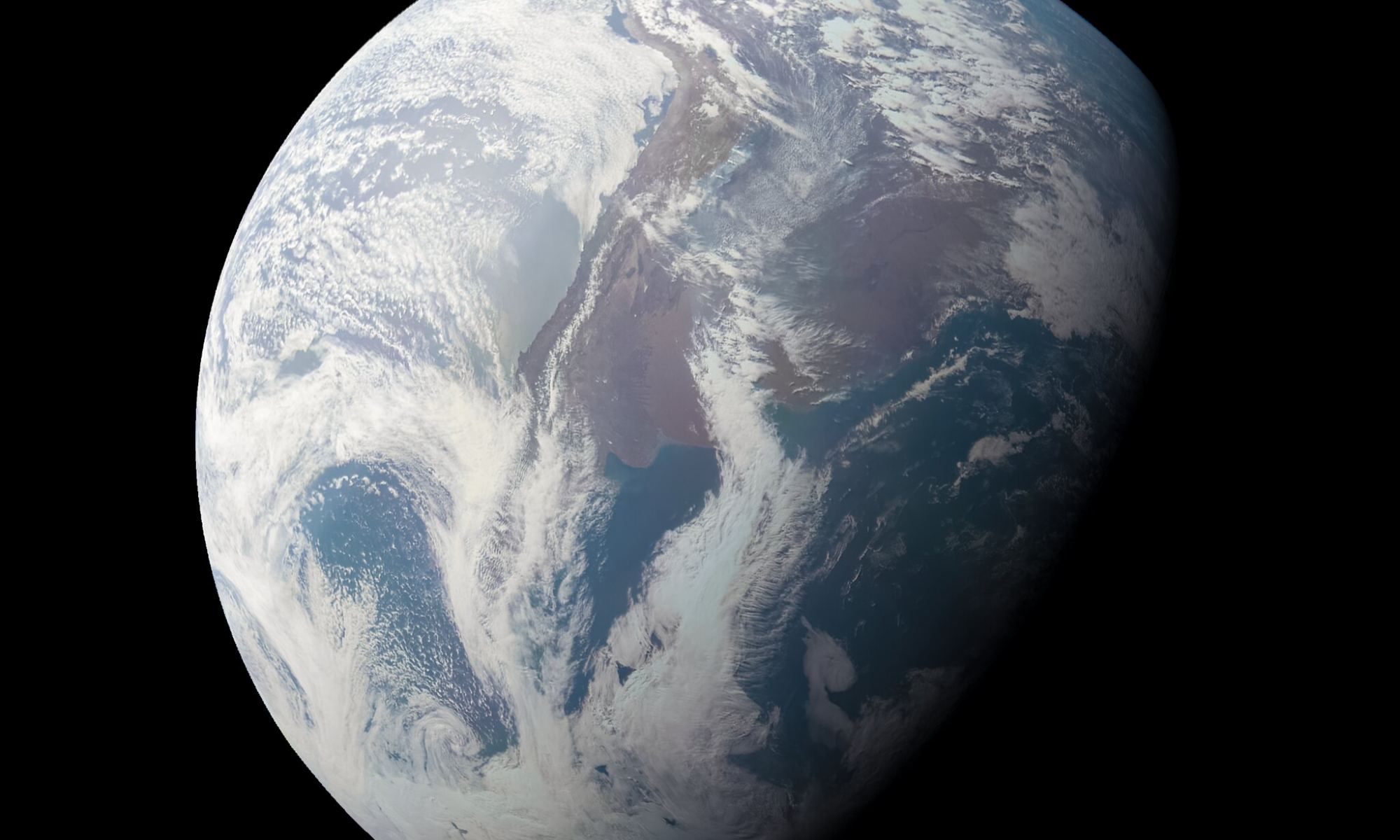On Earth, geologists study rocks to help better understand the history of our planet. In contrast, planetary geologists study meteorites to help better understand the history of our solar system. While these space rocks put on quite the spectacle when they enter our atmosphere at high speeds, they also offer insights into both the formation and evolution of the solar system and the planetary bodies that encompass it. But what happens as a meteorite traverses our thick atmosphere and lands on the Earth? Does it stay in its pristine condition for scientists to study? How quickly should we contain the meteorite before the many geological processes that make up our planet contaminate the specimen? How does this contamination affect how the meteorite is studied?
Continue reading “Meteorites are Contaminated Quickly When They Reach Earth”Meteorites are Contaminated Quickly When They Reach Earth
